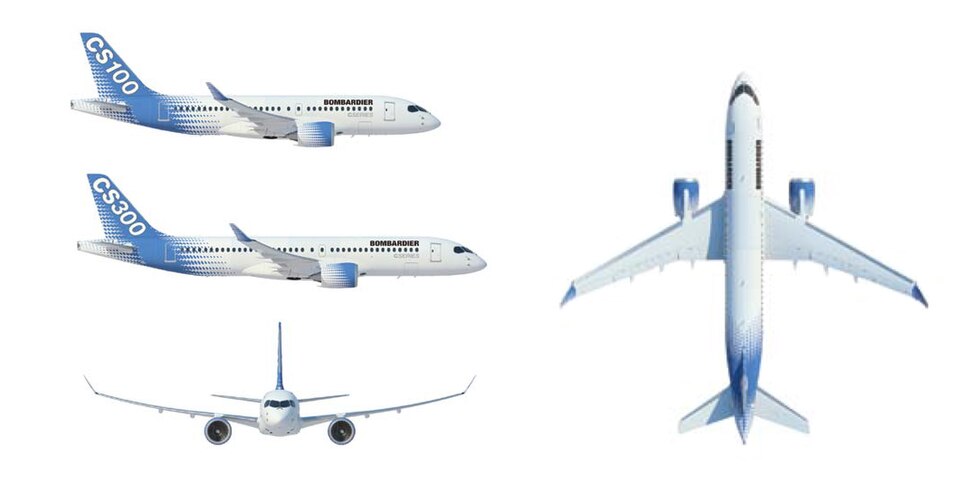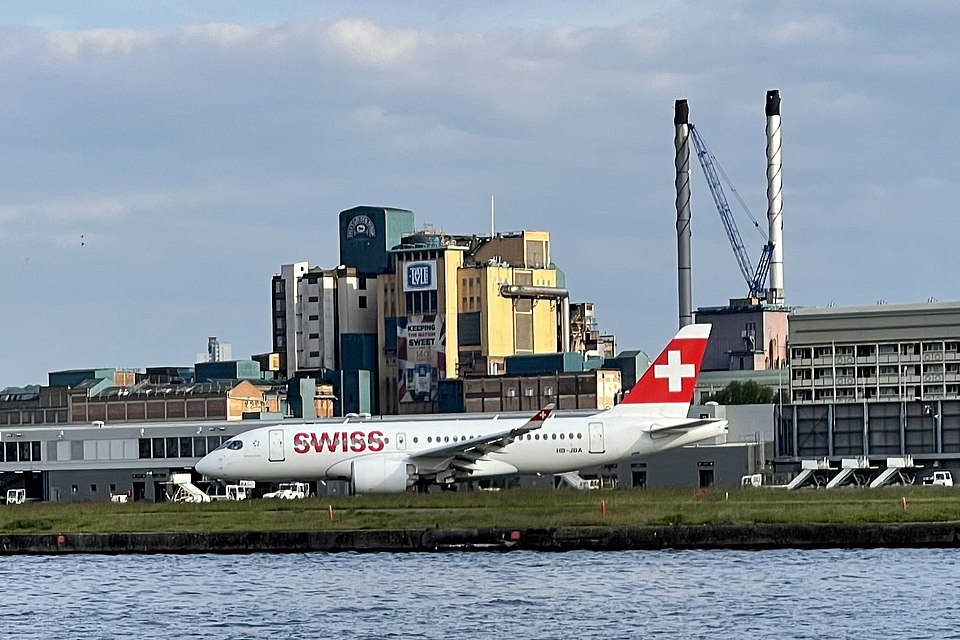One must admit, a certain mystique surrounds the notion of air travel. The romance of flight, the global connectivity, the…well, let’s be honest, the overpriced peanuts. But what about the rapid obsolescence of the metal birds themselves? Apparently, the Airbus A220 is giving new meaning to the phrase “planned obsolescence.”
On September 16, 2013, the aircraft, then still the Bombardier CSeries, graced the skies for its inaugural flight.

Fast forward to July 2016, and Swiss International Air Lines added this sleek aircraft to their fleet, commencing commercial operations. Now, barely a decade later, we’re hearing whispers, nay, screams, of an early retirement and a date with the disassembly line for some A220 airframes. One can only assume they were plagued by something far more worse than a rogue seagull or an overzealous baggage handler.
I’m not sure about you, but I’m still trying to locate my favorite VHS tape from ten years ago, and we’re discussing the premature demise of an aircraft designed to traverse continents. This isn’t just an airplane; it’s a symptom of the relentless churn of the modern aviation industry, where innovation sprints ahead faster than a pilot on a coffee break. To put this into perspective, this is like retiring your brand new, top-of-the-line, GPS-equipped car because the manufacturer released an updated version with slightly better cup holders. What gives?
According to sources, the plane’s rapid demise can be explained by several factors. One of them is the constant need for upgrades. According to Captain Avion D’Avion, a renowned expert in aircraft life cycles and head of the fictional “Airframe Aging Institute”: “We’ve seen this before. The industry is moving so fast that planes are becoming obsolete before the pilot can even memorize the entire flight manual. It’s a ‘landing’ strip race!” D’Avion is also working on several initiatives regarding the “airframe afterlife” like creating jewelry, or even an entire musical band comprised of retired plane parts.
And let’s not forget the relentless pursuit of fuel efficiency. The industry is constantly searching for ways to reduce fuel consumption. And then there’s also the fact that plane manufacturers are pushing the envelope further. Speaking from his Flying Academy of Perpetual Maintenance, veteran aeronautical engineer Dr. Gus Turbine added: “It’s a cutthroat environment out there, with manufacturers vying to get into the public’s eye by selling the newest technology, even if they don’t work quite as the old ones!”
So, what lessons can we glean from this aviation speed run? Perhaps it’s that the best way to ensure your aircraft is the most valuable…is to make sure it gets retired first. And to the A220? Safe travels… to the parts bin.


